Last Updated on December 12, 2022
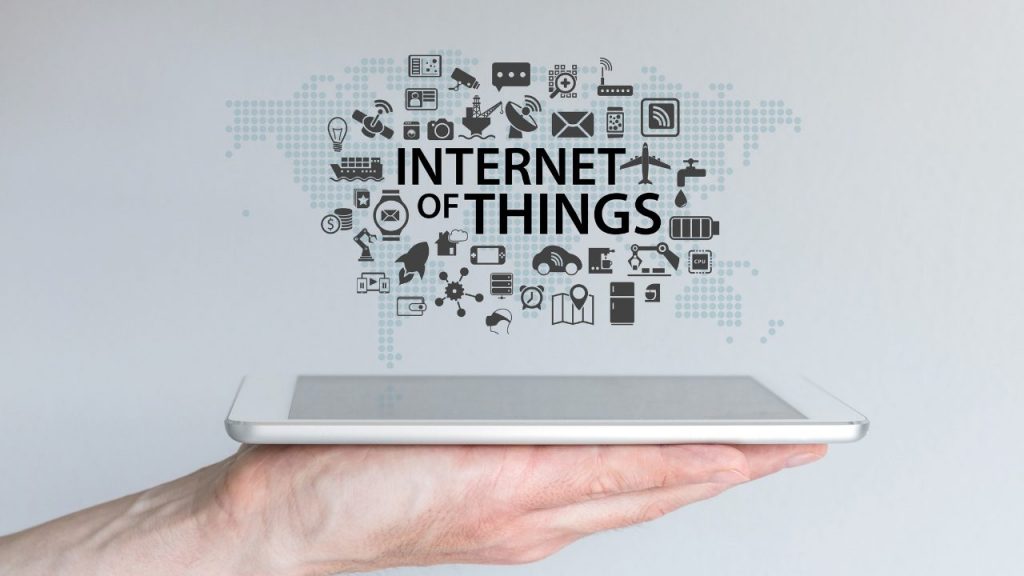
The World Wide Web is an essential element of our lives. We connect to the internet for different reasons and across various devices throughout the day. Moreover, the number of devices connected to the internet is surging, and experts claim this rise is changing the marketing game.
The surge of internet-enabled devices provides plenty of opportunities for smart marketers to improve the way we run campaigns. While some businesses will look at these developments with a sense of apprehension and reluctance, others will jump on these new opportunities.
This article will discuss six ways the Internet of Things (IoT) is changing marketing for the better. You will learn about the way IoT is impacting things like predictive advertising, and improving product development integration.
Capture relevant data to boost customer experience
Marketers have a wealth of information to hand about customers. Unfortunately, much of the information that companies gain and then act on is highly subjective. Online reviews are a good example.
Online reviews commonly reflect the two extremes of a customer’s experience. You either get reviews from people who are very happy or dissatisfied with your product or service.
You rarely write a review about a product or service that was ok. In fact, people rarely write a review about a product or service they liked. In most cases that is the majority of a company’s customers. Reviews are rarely reflective of that silent majority.
Pre COVID-19, Ryan Air provided a good example of the fact that online reviews do not always accurately reflect customer preferences. Here is a snapshot of the company stock price.
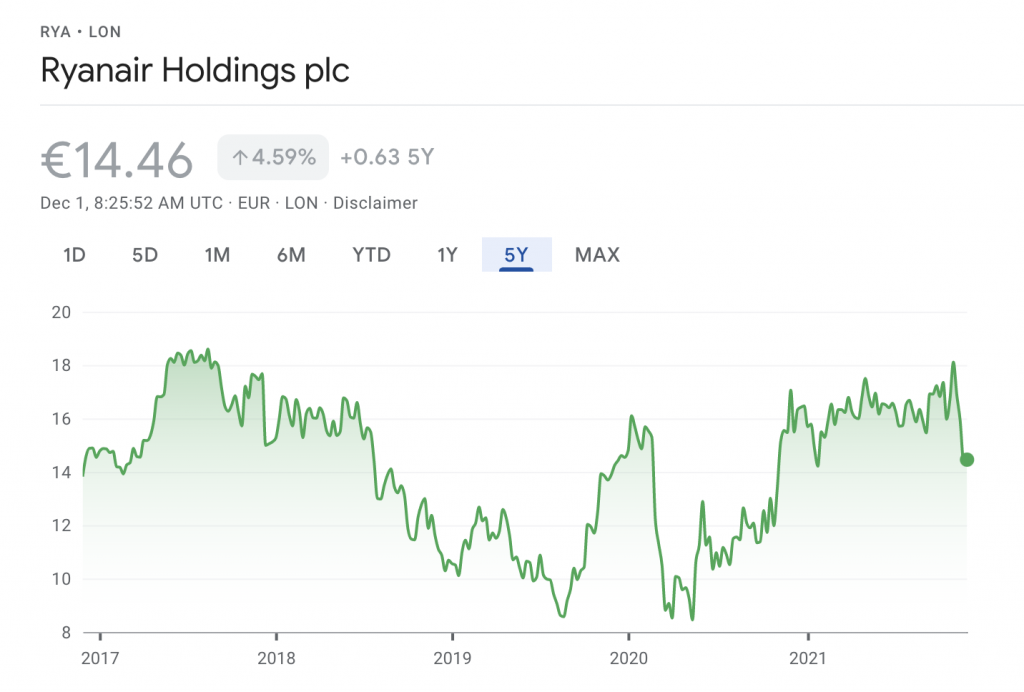
And here is a classic example of the type of customer feedback the company often receives.
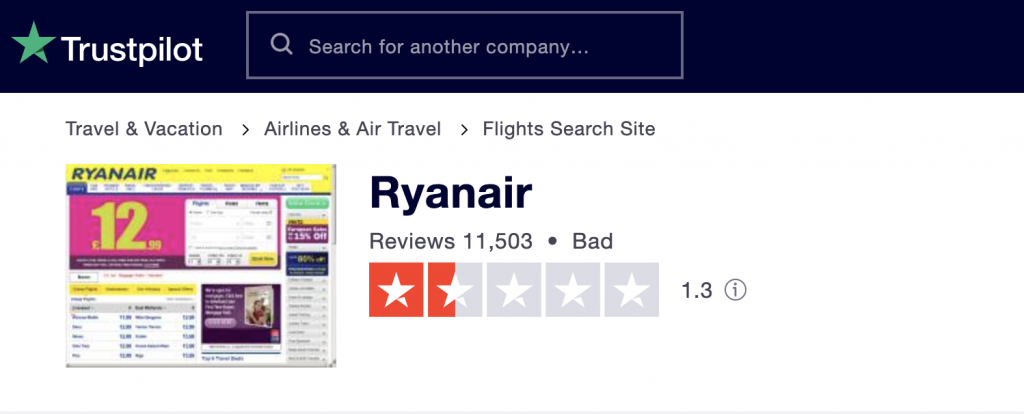
Clearly, the reported experiences of the minority were not stopping people from purchasing tickets through the company. So while those criticisms might reflect negative experiences that some people are having, they do not seem to be harming company growth.
Unfortunately, many offline companies rely on data sources like customer reviews to understand how people engage with their products or services. That lack of insightful data about how people engage with a product of service is a problem for marketers who want insights into people’s purchasing decisions.
Online companies, especially software companies, find it easy to gather that information. You can see how people use your website using analytics tools, for example.
Internet-enabled devices allow companies to collect the kind of data that we take for granted with online platforms. You can see how people engage with your product, or act in your store. Many retailers deploy tablets at the cashier, asking customers to rate the store’s service quality after completing their checkouts.
Marketers and product development teams can act on insights generated through IoT data to improve the product or service. In the case of the design team, that could involve the circular development process.
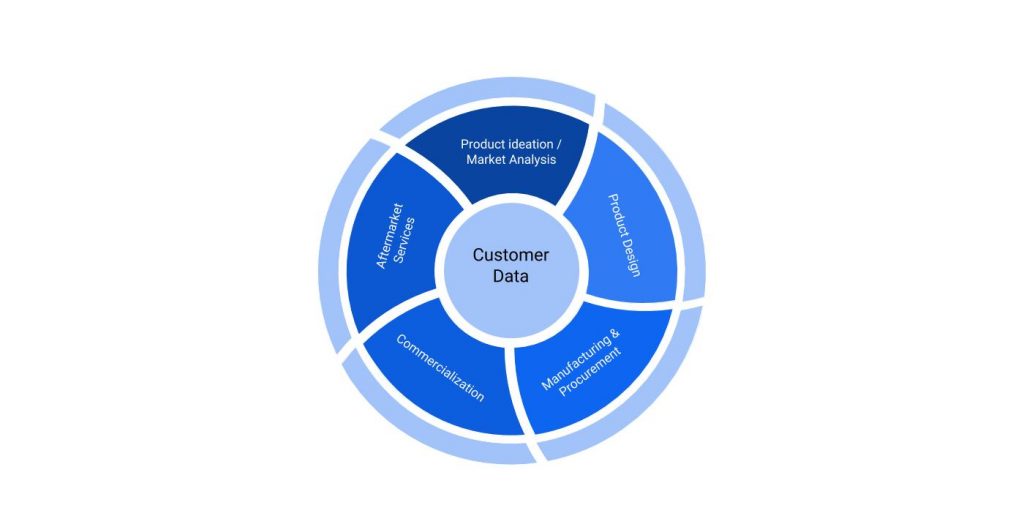
Improving the product or service delivery makes the job of a marketer far easier.
Marketers can also use insights into how people use a product to improve sales messaging. After all, if you know how people use your product, you can design marketing campaigns that reflect that usage.
We are not saying you should no longer monitor customer reviews online as a brand. You should because they can still give you an idea of how consumers (at least some of them) see you and your products. The danger lies, however, in relying solely on customer reviews for business decisions.
The best strategy. then, is to use these in conjunction with data provided by Internet-enabled devices. That is the only way you can get an accurate picture of how people feel about your product and how they use them.
Predictive advertising
The IoT can help businesses, especially offline businesses, improve communication with their audience. A nice example of how some companies utilize insights gained through IoT enabled devices is in the offline retail sector.
For example, in an offline store, IoT beacons can collect user data as people walk around a shop. Assuming a person is utilizing your store app to explore your shop, you can deliver targeted advertising to visitors based on the department they are exploring.
That might sound futuristic, but stores like Target are already utilizing beacons in conjunction with apps to deliver useful information to in store customers. You can see some of the incentives they are offering on their website to get more customers downloading their app and utilizing it in the store as they shop.
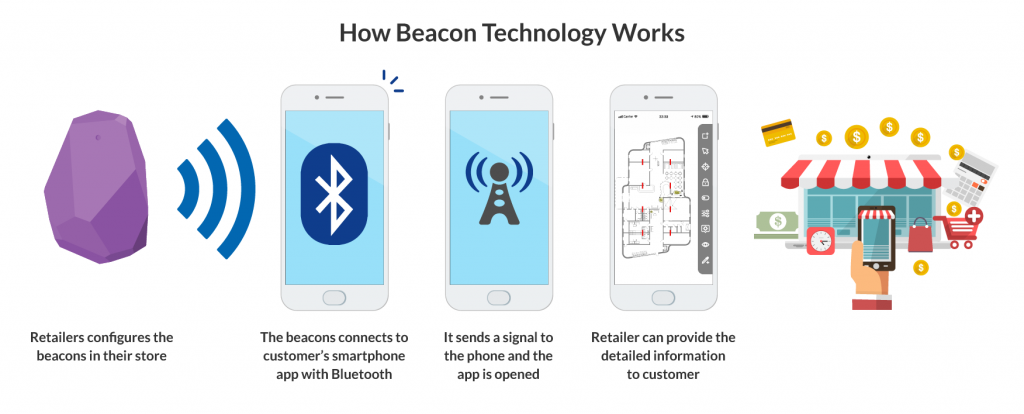
Getting access to discounts and the ability to pay for items faster is an incentive that will appeal to a lot of shoppers. That opportunity to engage with shoppers is something that marketers can utilize.
Increasing retail sales through mobile device management is key here.
Predictive advertising helps companies provide more relevant recommendations to their audience. That ability to deliver targeted messaging improves the customer experience and results in a higher sales conversion rate.
Smarter digital marketing platforms
When embracing IoT in marketing, businesses need to be savvy in their approach. You need to identify how IoT data can provide valuable insights for your business. We touched on the opportunity to implement predictive advertising briefly in the last point.
Using IoT data to pitch products or services via an app is just one way you can utilize that information in your online marketing efforts, though. There are more opportunities.
Marketers can use data gathered about customer purchasing habits and behavior to provide a personalized experience to shoppers across multiple channels. That can include social media retargeting and email marketing.
For example, if you know that a customer visits the same departments of your store on each visit, it would be logical to utilize those insights to provide more relevant product offerings when they next visit your website.
You can even change the appearance of the website homepage to reflect purchasing habits or interests. Many modern website builders, for example, are starting to integrate advanced features that provide a customized user experience. For example, an adaptive homepage that changes based on who lands on the page. It is certainly something we have been considering for the GetResponse website builder.
Emphasis on intention-based writing
Voice search is an emerging trend that will disrupt the way companies provide online content. Access to virtual digital assistants is rapidly accelerating. As the number of people and households with voice-enabled devices increases, the way businesses provide online services will also need to adapt.
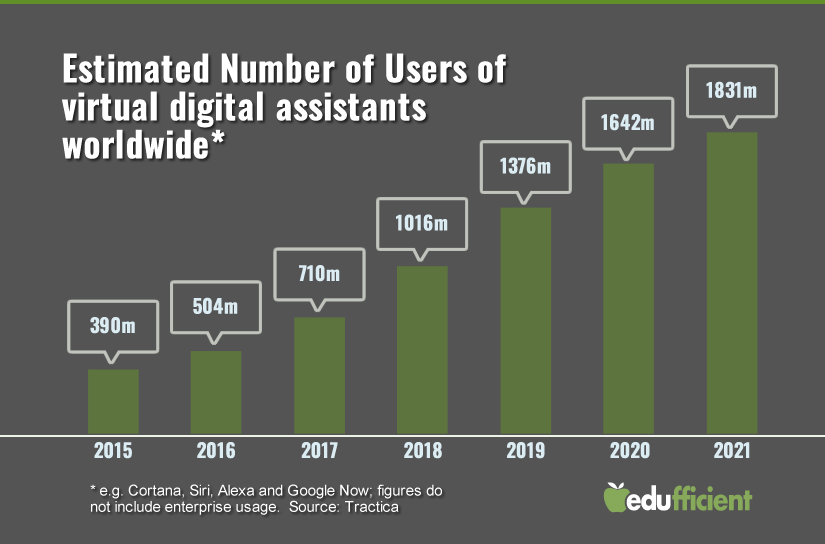
Voice search shares some of the same characteristics as written search. However, the answers that we expect are markedly different.
Consider, for example, how you make voice commands on your phone or using a tool like Alexa or Apple’s Siri. People make short requests and generally want short answers.
For example, “what is voice search.”
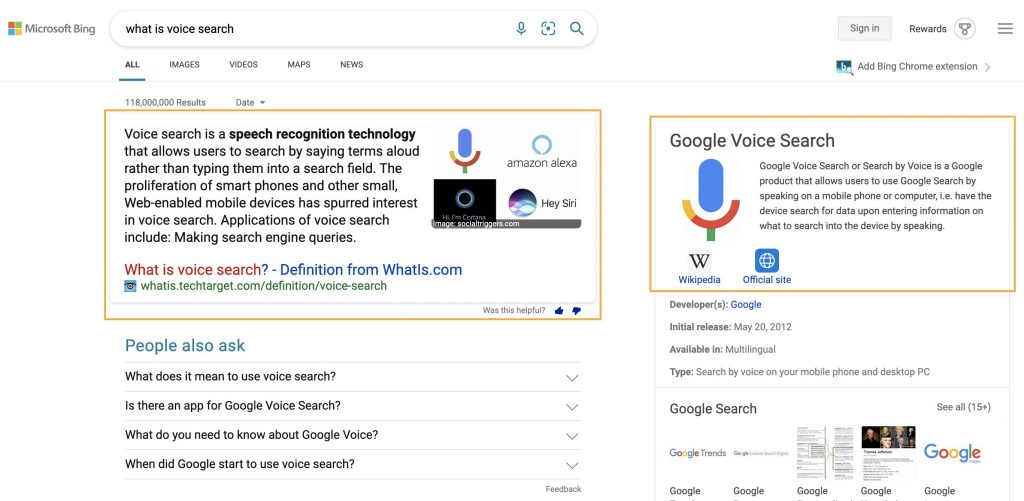
The featured snippets and Instant Answers give you a sense of the type of responses a person doing a voice search would expect. Content creators are now optimizing content to try and get these types of results.
Incorporating this marketing technique into your content is straightforward, and there are clear benefits. Adapting content for voice search requires the person writing your content to re-think how they formulate content. You need to consider how you would ask questions out loud and what response you would expect.
Creating content that hits those expectations is the ultimate goal of effective content marketing.
So many companies use the services of SEO experts these days. But, you can now work to educate them on transferring those SEO skills to a new way of writing.
Automated Checkout & Hyperspeed Transactions
Amazon is the only online store that offers a one-click checkout process. The company patented the process, and until the patent expires, no other company will offer a checkout process as fast and smooth as Amazon. It is a key differentiator for the company and has certainly helped the company generate extra sales.
Amazon does not have a monopoly on a fast offline checkout or check in offline experience, though. That matters.
Offering hyperspeed transactions will increasingly become a key differentiator for customers looking for a fast offline experience. Many companies recognize this fact.
For example, Hilton Hotels uses IoT to improve the customer check-in experience. Customers can use their mobile phones to check into a hotel and get their keys. Internet enabled devices in a room would enable a company to gather additional information about the behavior of a guest.
Hyperspeed checkouts, meanwhile, are another emerging opportunity for companies to gather more data about customers. There are some great opportunities here for marketers to gather valuable data because fast checkouts rely on customers sharing information with the store.
For example, Amazon has implemented IoT in its Seattle supermarket to create a cashierless store. Even the shelves are connected to the internet – there are weight sensors in the shelves.
The store is designed for the convenience of customers. Of course, to shop at the store, you need to have an Amazon account. Shoppers are willing to provide this information for a better user experience.
Previously, this type of data could only be collected by people sharing a loyalty card.
Hyper-speed transactions help a business understand the usual patterns of their customers. That then allows a business to shape its brand in response to customers’ specific needs.
Instant service is the name of the game in this ultra-connected society. Thus, any delays, lags, confusion, or annoyance here can make all the difference between a sale or a loss.
If you decide to start selling on Amazon, be sure to equip yourself with the right tools to complete transactions at the speed of light.
Better product integration
IoT offers plentiful business opportunities for branding partnerships and product integrations. Imagine, hypothetically, entering an Uber taxi and having your Spotify playlist automatically start on the radio.
According to Harvard Business Review, this ability to connect with other products is what will make brands stand out in this “third wave of IT-driven competition”. Competition, it said, will move away from price alone. For a business to succeed, then, it should ensure the compatibility of its products with others that are not necessarily of that same brand. The goal is to create a system where the products, as a whole, offer more value to the end-consumer than if they worked separately.
Because of this trend, products that did not used to compete with each other are finding themselves vying for the same spot in that “connected environment”. For instance, audiovisual equipment manufacturers and lighting manufacturers are now increasingly trying to find an edge over the other as they look to position themselves as a core component of that “connected home”.
Using IoT in this way could provide businesses with plenty of opportunities to run innovative marketing campaigns that engage people as they go about their everyday life. Because of IoT, many marketing campaigns are no longer just focused on the benefits a single product can bring thanks to its features. They are also now focused on how that single product can fit well in an entire ecosystem of other products to provide added value.
At the center of that ecosystem is the end-consumer, who no longer has to contend with separate and complex processes as they go about their daily lives.
The need for these more “holistic” marketing campaigns pushes marketers to move out of their comfort zones and think outside the box. Simple marketing campaigns that focus on a single product without taking into consideration an entire ecosystem are passé. If marketers want to reach consumers, they now need to create innovative marketing campaigns that take into account connectivity and integrations.

Summing Up
Currently, experts claim that billions of devices are connected to the internet and being managed. Added to this, more people than ever are turning to IoT management after the pandemic, intending to stay there. That includes those shifting to a virtual office.
So, the online world is one area that can only continue to see good days ahead!
In this article, we considered six ways to get the best from IoT in marketing: Capturing relevant data to boost customer experience, predictive advertising, better product integration, emphasis on intention-based writing, hyperspeed transactions, and smarter digital marketing platforms.
Shape your marketing to utilize the IoT, and you, too, could reap the benefits from the changing marketing landscape for the better. You will always be a step ahead of your competitors.
Author’s Bio: Michal Leszczyński is immersed in developing, implementing, and coordinating all manner of content marketing projects as the Content Marketing Manager at GetResponse. He has 9-plus years of expertise in online marketing with a Master of Science Degree in Strategic Marketing and Consulting from the University of Birmingham (UK). Michal is the author of more than 100 articles, ebooks, and courses for both GetResponse and renowned websites like Crazy Egg and Social Media Today.
Leave a Reply